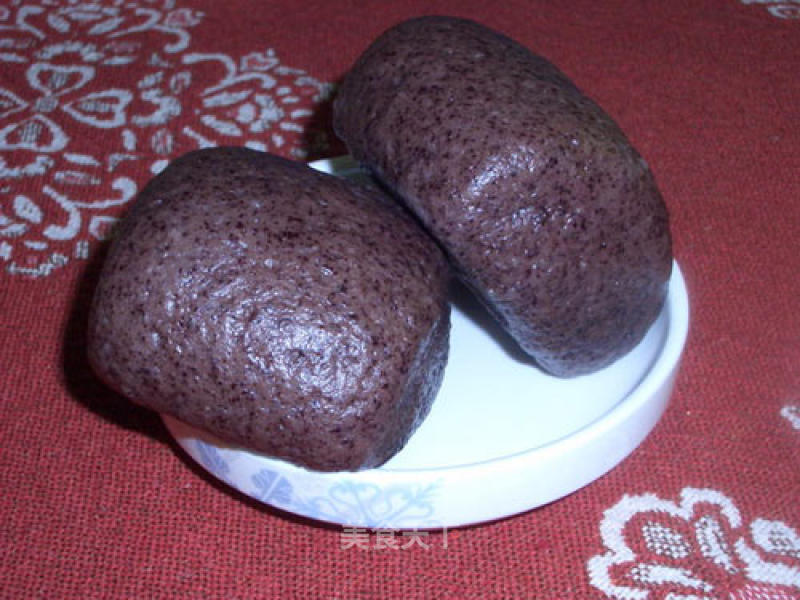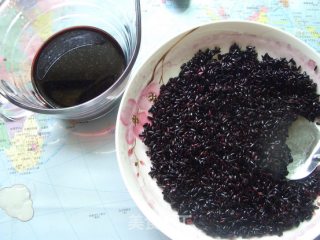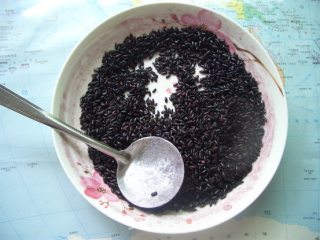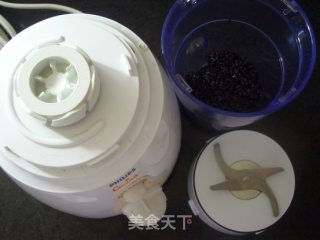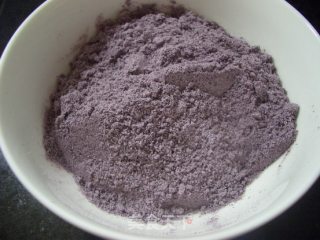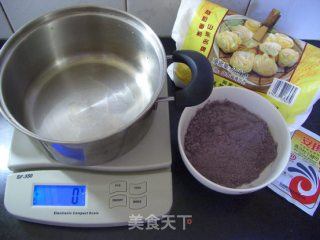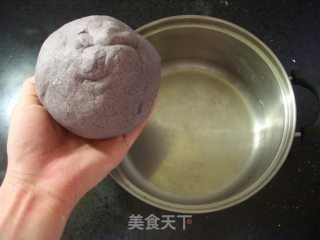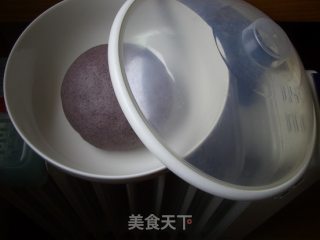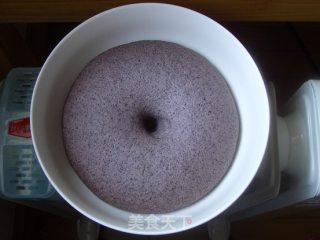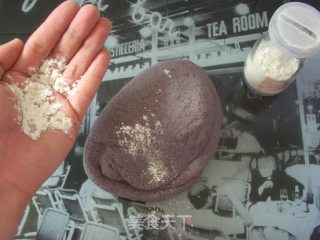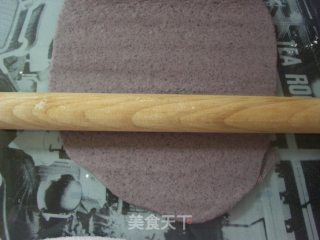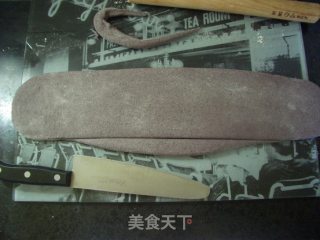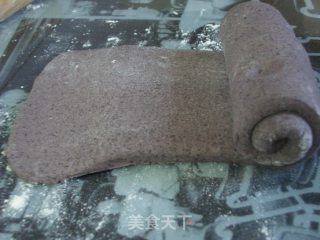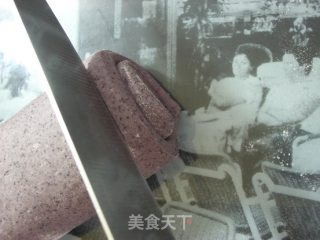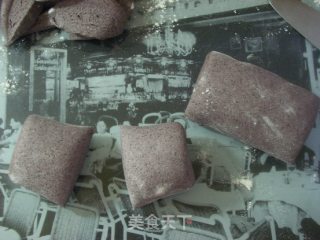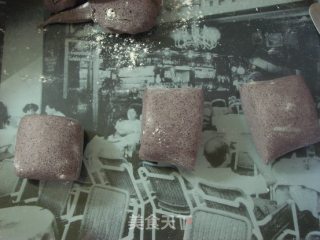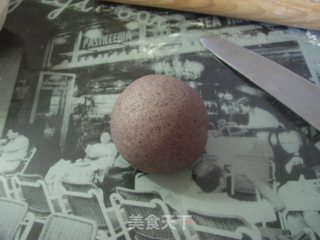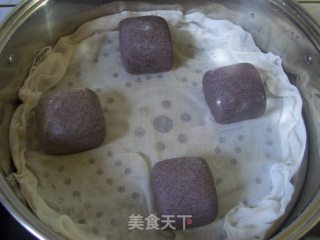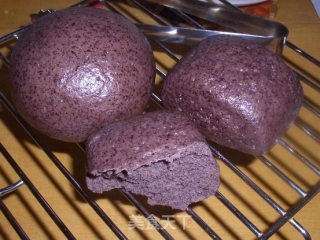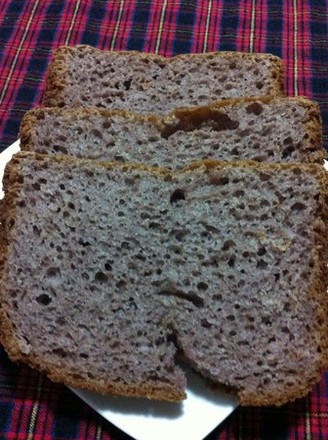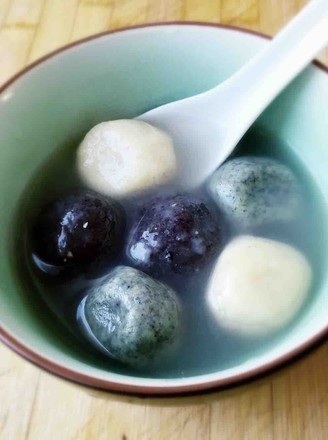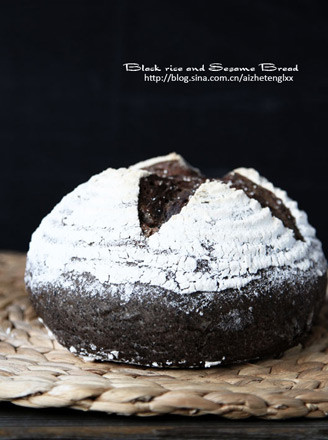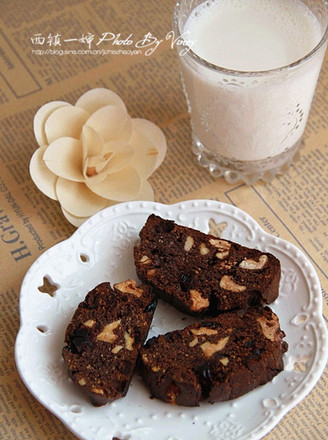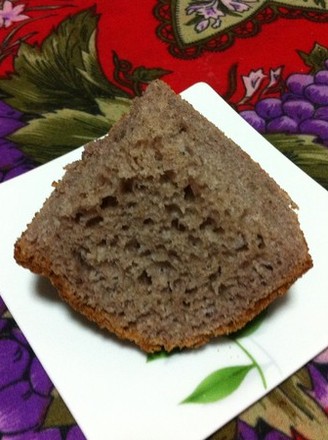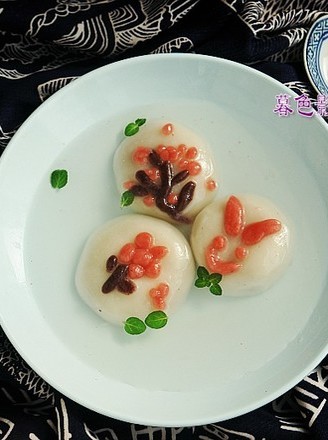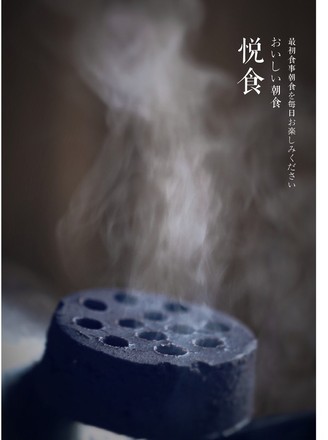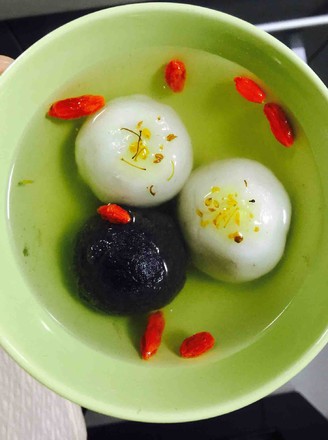Black Rice Buns
by Lasagna
Favorite
Difficulty
Normal
Time
2h
Serving
2
Dyed black rice appeared on the market, I searched the Internet, and now I will teach you how to identify true and false black rice:
The first trick is to look at the gloss. The skin layer of normal black rice is shiny, and the inferior black rice is not shiny.
The second trick is to look at the skin. Normal black rice is flaky, if it is powder, it is inferior black rice.
The third trick is to look at Mi Xin. The core of normal black rice is white, while the core of ordinary rice is transparent and has no color. Black rice dyed with rice has a more uniform appearance, but the color of the dye will penetrate into the heart of the rice.
The fourth trick, look at soaking rice water. The soaking water of normal black rice is purple-red, and after dilution, it will also be purple-red or close to red. If the soaked water is like ink, it is still black after dilution, this is fake black rice.
The fifth trick, look at white vinegar. Black rice water turns green when it encounters alkaline substances, and turns deep red when it encounters acidic substances. If ordinary citizens have questions about the black rice they bought, they can use vinegar to test it. Because vinegar is acidic, if black rice water does not react chemically when it encounters acetic acid and does not change color, it must be caused by dyes.
Han Longzhi, Institute of Crop Science, Chinese Academy of Agricultural Sciences: "If it is dyed, the color will look even, but if it is not dyed, the color will not be too uniform, but there will be shades."
Experts say that we should also look at the "two whites" of black rice. The first "white" in the "two whites" is the germ of the black rice. It should be a white spot. Although the rice is black, this part should be white. The second "white" refers to the section of broken rice, and this section must also be white. "
The first trick is to look at the gloss. The skin layer of normal black rice is shiny, and the inferior black rice is not shiny.
The second trick is to look at the skin. Normal black rice is flaky, if it is powder, it is inferior black rice.
The third trick is to look at Mi Xin. The core of normal black rice is white, while the core of ordinary rice is transparent and has no color. Black rice dyed with rice has a more uniform appearance, but the color of the dye will penetrate into the heart of the rice.
The fourth trick, look at soaking rice water. The soaking water of normal black rice is purple-red, and after dilution, it will also be purple-red or close to red. If the soaked water is like ink, it is still black after dilution, this is fake black rice.
The fifth trick, look at white vinegar. Black rice water turns green when it encounters alkaline substances, and turns deep red when it encounters acidic substances. If ordinary citizens have questions about the black rice they bought, they can use vinegar to test it. Because vinegar is acidic, if black rice water does not react chemically when it encounters acetic acid and does not change color, it must be caused by dyes.
Han Longzhi, Institute of Crop Science, Chinese Academy of Agricultural Sciences: "If it is dyed, the color will look even, but if it is not dyed, the color will not be too uniform, but there will be shades."
Experts say that we should also look at the "two whites" of black rice. The first "white" in the "two whites" is the germ of the black rice. It should be a white spot. Although the rice is black, this part should be white. The second "white" refers to the section of broken rice, and this section must also be white. "

